Vermes
Advanced Member level 4

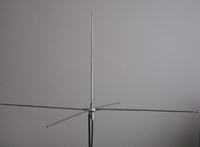
It is a compact portable antenna of good parameters.
Assumptions:
- easy transport
- small size and weight
- simple design
- low cost
- broad frequency
- repeatability
- better performance compared to original antennas
- 5 telescopic antennas from tourist radio receivers. The most suitable would be the size about 16cm and 55-60cm when assembled. Antennas must have a thread and hinge at the end
- UC1 socket (PL259)
- bush (requires grinding)
- disc (requires grinding)
- 4 screws M3x10mm

Components:
bush: brass, a half threaded hole M5 inside, smooth 4mm in the middle so that it could be tight at the end of the UC1 socket.
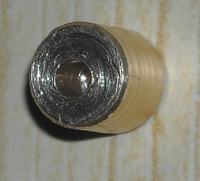
disc: AL (or brass, bronze or another metal that could be well machined and thread). The disc has 10 holes in it. The biggest one is for UC1 socket, four symmetrical on the plane of the disc, threaded M3 to the socket mounting , one asymmetric hole on the plane for screw the mini mast and four symmetrical holes each 90 degrees on the outer surface of the cylinder threaded M5 – to mount 4 antennas operating as a counterweight.
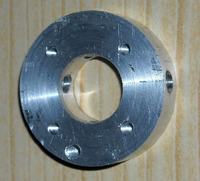
INSTALLATION
First take UC1 socket with square flange:
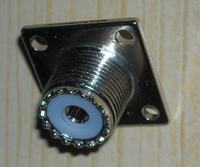
Then, put the bush in the rear part of the socket (where normally wire is soldered), remembering to leave the gap of 1-1,5mm. A little bit of cyanoacrylic glue should be placed in this gap. This prevents the bush from falling off.
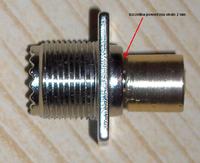
After that, the socket with the bush should be screwed to the disc with four M3 screws.
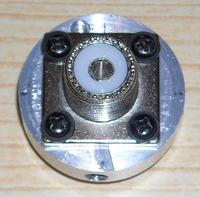
A view of the assembled unit from the bush side.

Then one of the antennas with shortened to about 6mm thread should be screwed to the bush.

Four remaining antennas should be screwed to holes on the disc's side.
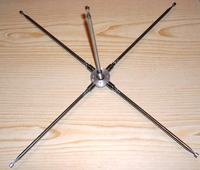
Now the installation is complete. The antenna ready to transport looks like that:
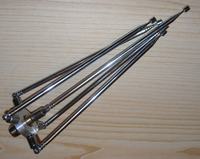
Assembled antenna weights 160 grams.
MEASUREMENTS
The antenna was tested with RigExpert AA-520 antenna meter. The tests were made in a room so big, that it should not affect the results.
Fully extend of the antenna and radials gives minimum WSWR about 76MHz.
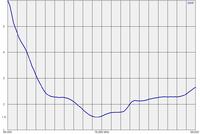
Total submission results in resonance near 350MHz.
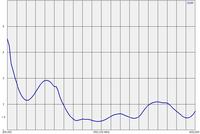
For the length of the elements of about 64cm, a good WSWR in air band can be reached.

After reducing the parts to about 54,5cm, the antenna 'tunes' in meteorological satellites band (NOAA).
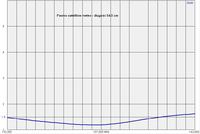
Further reducing to about 51cm allows to work in amateur band 144-146MHz.
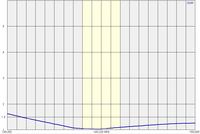
For this length, measurement was done in the full spectrum analyser antenna, which is 0-520MHz. The antenna has two WSWR minimums in range of 145MHz and 435MHz. This allows to work in the band of 2m and 70cm without changing the parameters of the antenna.
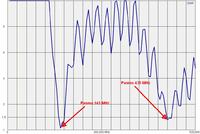
Fragment of the 435MHz segment enlarged.
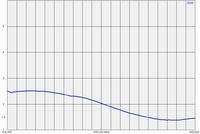
Further reducing the dimensions of all elements up to about 41,5cm, a possibility of work in the field of 172MHz is obtained. An additional measurement of depending the antenna parameters on the position of counterweights was made.
Option 1 – counterweights at 90 degrees to the radiator.

Result of the measurement:
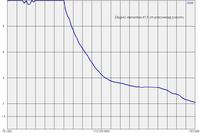
Option 2 – counterweights at 135 degrees to the radiator.
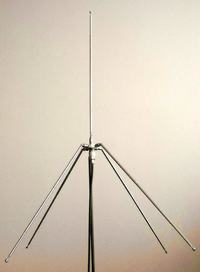
Result of the measurement:
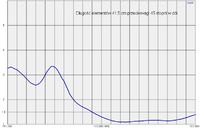
After similar tests for other frequencies it turned out, that correct position of counterweights is about 135 degrees to the radiator. Only then the antenna shows the wave impedance close or equal to 50 ohms.
CONCLUSION
The antenna meets the assumptions. With its compact dimensions and 160 grams of weight it can be useful during walking and mountain hiking. Short tests to check the availability of converters and the quality of their receiving confirm good properties of the antenna.
Link to original thread – Turystyczna antena GP VHF/UHF
